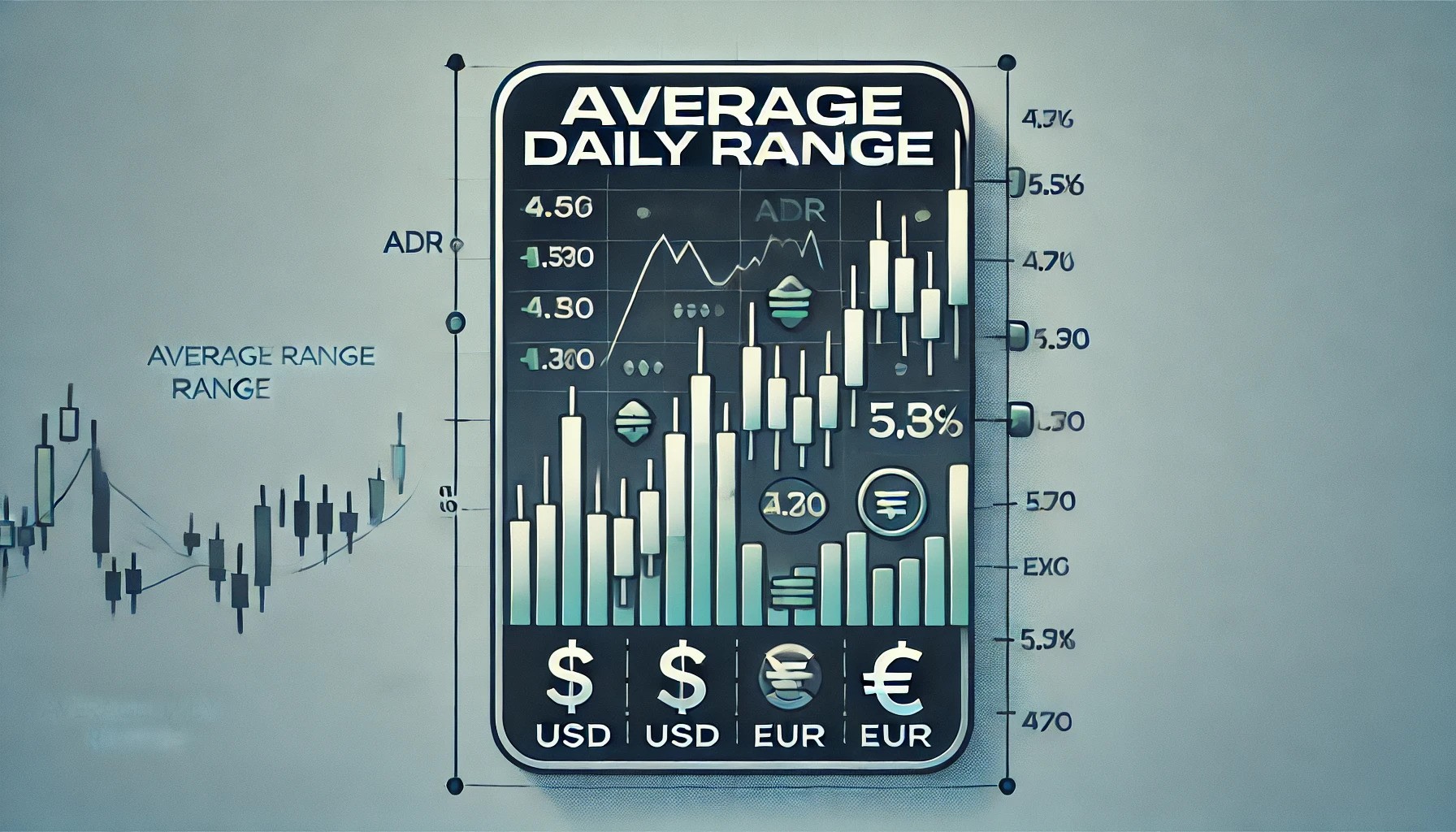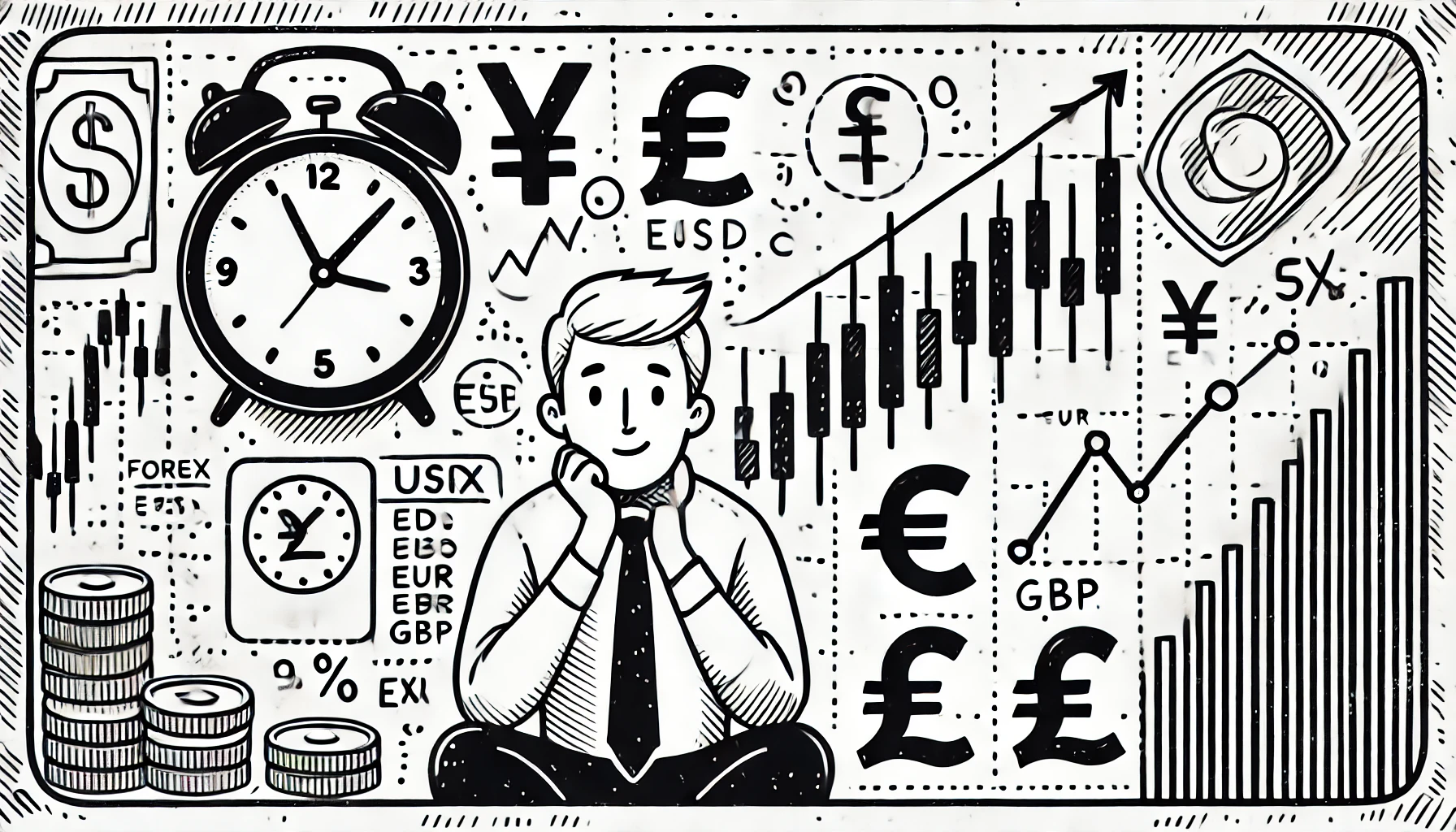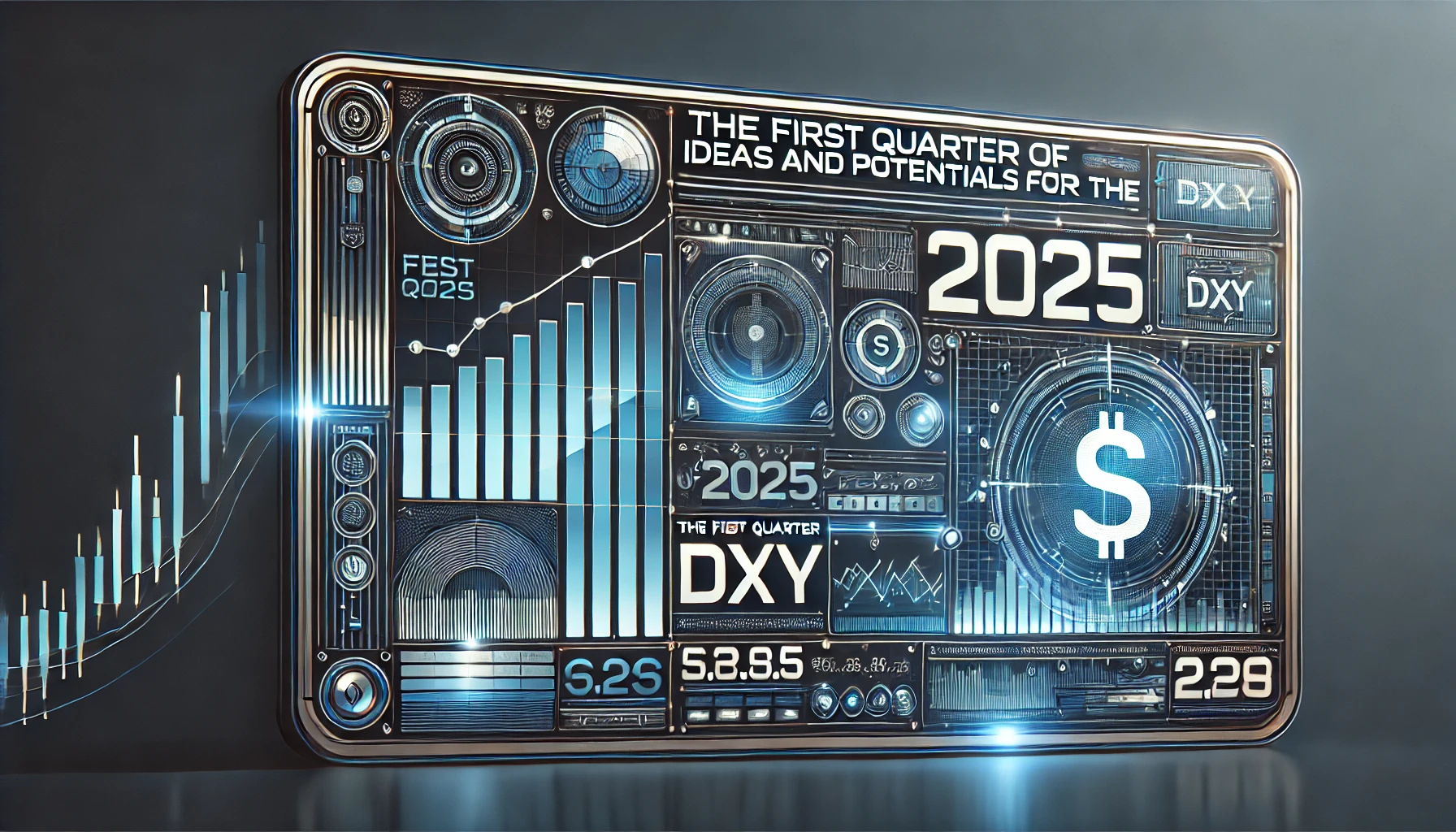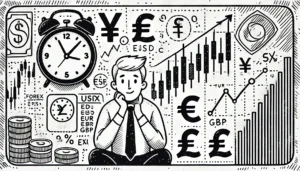The Average Daily Range (ADR) is one of the most popular metrics in Forex trading, offering traders valuable insights into market volatility and potential price movements. Understanding and utilizing the ADR effectively can significantly enhance trading strategies and decision-making. In this blog post, we’ll break down what the ADR is, how it works, and how traders can leverage it to improve their performance in the Forex market.
What Is the Average Daily Range (ADR)?
The ADR measures the average price movement of a currency pair over a specific period, typically one trading day. It provides a snapshot of the volatility and potential range in which a currency pair is likely to move. Traders use this information to:
- Set realistic profit targets.
- Place stop-loss orders effectively.
- Identify potential breakout zones.
For example, if the EUR/USD pair has an ADR of 80 pips, it means that, on average, the price tends to fluctuate by 80 pips from high to low within a day.
How to Calculate the ADR
Calculating the ADR is straightforward and typically involves averaging the daily range (high minus low) over a set number of days. Here’s a step-by-step guide:
- Determine the Daily Range: Subtract the daily low from the daily high for each trading day.
- Choose a Time Frame: Decide the number of days to average (e.g., 14 days for a common calculation).
- Average the Ranges: Add the daily ranges and divide by the number of days.
For manual calculations, the formula looks like this:
ADR=Sum of Daily Ranges over N daysNADR = \frac{\text{Sum of Daily Ranges over N days}}{N}
However, most modern trading platforms and tools will calculate the ADR automatically, saving traders time and effort.
Why Is ADR Important in Forex Trading?
- Volatility Analysis
ADR helps traders understand how volatile a currency pair is. High ADR values indicate significant price movements, while low ADR values suggest more stable conditions. This can guide traders in choosing pairs that align with their trading style. - Risk Management
By knowing the ADR, traders can avoid setting overly tight stop-loss orders, which may lead to premature exits in a volatile market. - Entry and Exit Timing
The ADR can act as a guide for entry and exit points. For instance, if a currency pair has already moved close to its ADR for the day, traders may reconsider initiating a position, anticipating limited remaining movement. - Setting Realistic Targets
ADR-based strategies help traders set achievable profit targets based on historical data rather than speculation.
Take control of your trading future
Supercharge your trading with our expert advisors. Start your journey today!
How to Use ADR in Trading Strategies
- Breakout Trading
Traders can use the ADR to predict potential breakout levels. For example, if the price approaches the upper or lower boundaries of the ADR, it might indicate a breakout or reversal. - Intraday Trading
Day traders often rely on the ADR to gauge how much a pair might move during the session. This information helps them decide which pairs to trade and how to position their orders. - Stop-Loss Placement
Use the ADR to place stop-loss orders outside the average range, minimizing the risk of being stopped out by normal market fluctuations.
Limitations of ADR
While the ADR is a powerful tool, it’s not without limitations. Traders should keep the following in mind:
- Lagging Indicator: The ADR is based on historical data and doesn’t account for sudden news events or economic reports.
- Market Conditions: In highly volatile markets or during significant news releases, the actual range may exceed the ADR.
- Not Predictive: The ADR indicates average movements but doesn’t predict the direction of price changes.
Tools to Monitor ADR
Many trading platforms, such as MetaTrader 4/5 and TradingView, offer built-in indicators to calculate and display the ADR. Additionally, custom indicators and scripts are available for more advanced analytics.
Final Thoughts
The Average Daily Range (ADR) is a critical metric for Forex traders aiming to understand market behavior and optimize their strategies. By incorporating the ADR into their trading plans, traders can make more informed decisions, improve risk management, and increase their chances of success.
Whether you’re a seasoned trader or just starting, mastering the ADR will provide you with a competitive edge in the dynamic world of Forex trading. Start analyzing the ADR of your favorite currency pairs today and take your trading skills to the next level!
For more Forex tips and strategies, keep following our blog for the latest insights! Don’t forget to share your thoughts or ask questions in the comments below.
Trump’s Tariffs on Mexico and Canada: How They Could Impact
Introduction Trade policies and tariffs play a significant role in shaping global economies, and their effects often ripple through financial markets,…
Delayed Gratification – The Power of Practicing It
Delayed gratification is the practice of resisting the temptation for an immediate reward in favor of a larger, more enduring…
DXY – The First Quarter of 2025: Ideas and Potentials
The U.S. Dollar Index (DXY) is one of the most critical indicators in global financial markets. It reflects the value…
What Does the Trump Presidency Mean for Forex Trading?
The Trump presidency, characterized by its unconventional policies and rhetoric, had profound implications for global financial markets. Forex trading, being…
Average Daily Range (ADR) in Forex Trading
The Average Daily Range (ADR) is one of the most popular metrics in Forex trading, offering traders valuable insights into…
Fixed vs. Growth Mindset in Forex Trading
Forex trading, often considered one of the most challenging financial markets, requires more than just technical analysis and market knowledge….









